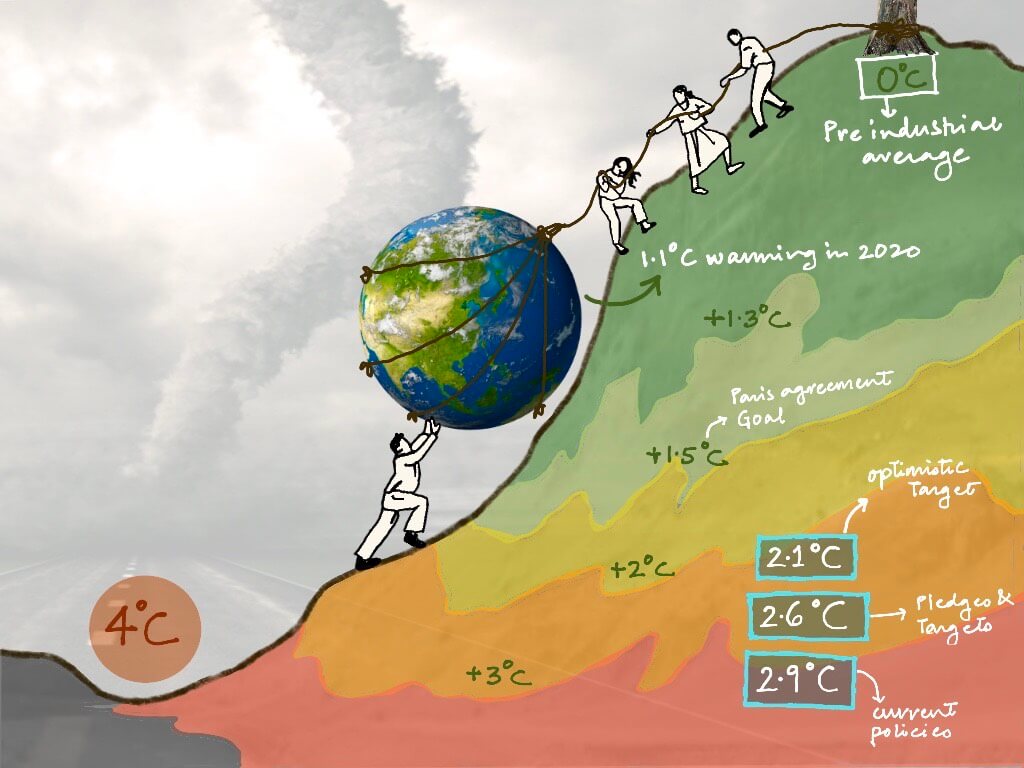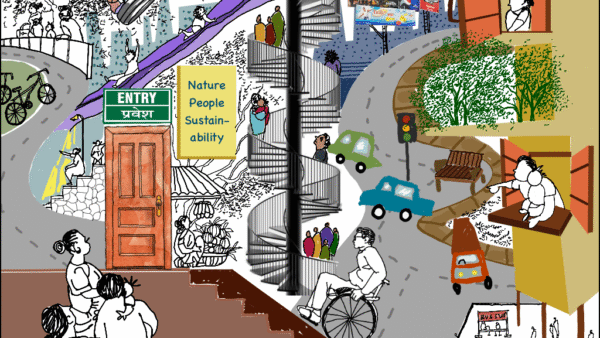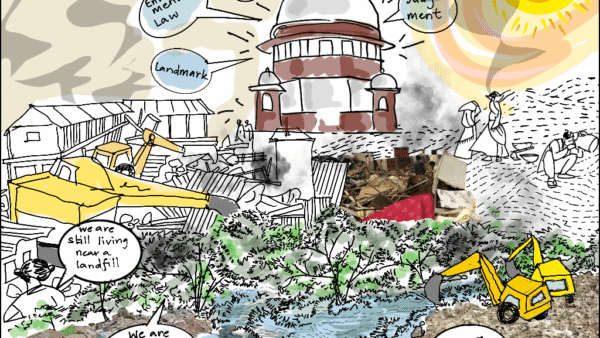Back in June 1992, when the Earth Summit, also known as the United Nations Conference on Environment and Development (UNCED), was organised in Rio de Janeiro, it may not have felt like a watershed moment in history. Yet, all these decades later, the Rio Summit was where the ball was set rolling with 179 countries participating for the first time, where the world’s leaders convened, scientists and activists articulated concerns about the twin issues of environment and development, and media and NGOs participated to chart out ways forward in a fast-changing global economy.
The Rio Summit
The Rio Summit[1] established a framework for international cooperation on these two issues while highlighting their interdependence, set down the goal of sustainable development in so many words and urged that it is pursued for all people in the world, adopted the Agenda 21 which was a 300-page plan for sustainable development in the 21st century, and led to the establishment of at least three major multilateral forums. These, the United Nations Framework Convention on Climate Change (UNFCCC), the Convention on Biological Diversity (CBD), and the United Nations Convention to Combat Desertification (UNCCD), have since nudged the world towards becoming a better world in terms of environment and development – though not always successfully.
It is unimaginable now to think of a world without these, and similar, forums. Their climate reports have brought precious scientific information on the subject into the public domain which, in turn, have helped governments evolve policies. Urban development actions to mitigate and adapt to climate change might not have had the urgency they now do in cities around the world if not for these. Similarly, the Sustainable Development Goals (SDGs) laid down a standard by which people could hold their governments to account. Neither the agencies nor the reports are above appraisal, even disapproval from certain quarters, but people and the environment in the world are better off with them. This compendium refreshes a few.
The first Conference of Parties (COP)
The COP was set up as an annual meeting under the United Nations Framework Convention on Climate Change (UNFCCC) to evolve climate change adaptation strategies around Greenhouse Gas emissions by developed countries or parties in the conference. The UNFCCC was, of course, the outcome of a treaty signed at the Rio Summit in 1992. The first conference or COP-1 was held in Berlin in March-April 1995.[2]
In order to combat the climate crisis, as much as a joint effort is needed, strategies and targets of individual countries as per their GHG emissions and infrastructure pressure are important too. This was also one of the central issues of COP-1. The Berlin Mandate was adopted, which resulted in emission targets with deadlines, scrutiny and accountability being introduced for the first time. The outcomes included a pilot phase for the implementation of joint projects, location of the Permanent Secretariat in Bonn, Germany, and a budget for the Secretariat, financial procedures and the establishment of the subsidiary bodies.
Subsequent COPs have been held every year in various countries, the last one COP-28 in Dubai and the next edition scheduled next month in Baku, Azerbaijan. While the COP agreements are significant, the latest with the setting up of the Loss and Damages Fund though inadequate, the annual summit has been dominated in recent years by representatives of fossil fuel companies which are, in fact, responsible for emissions. The conflict of interest was stark in Dubai and threatens to roil the COP framework itself.
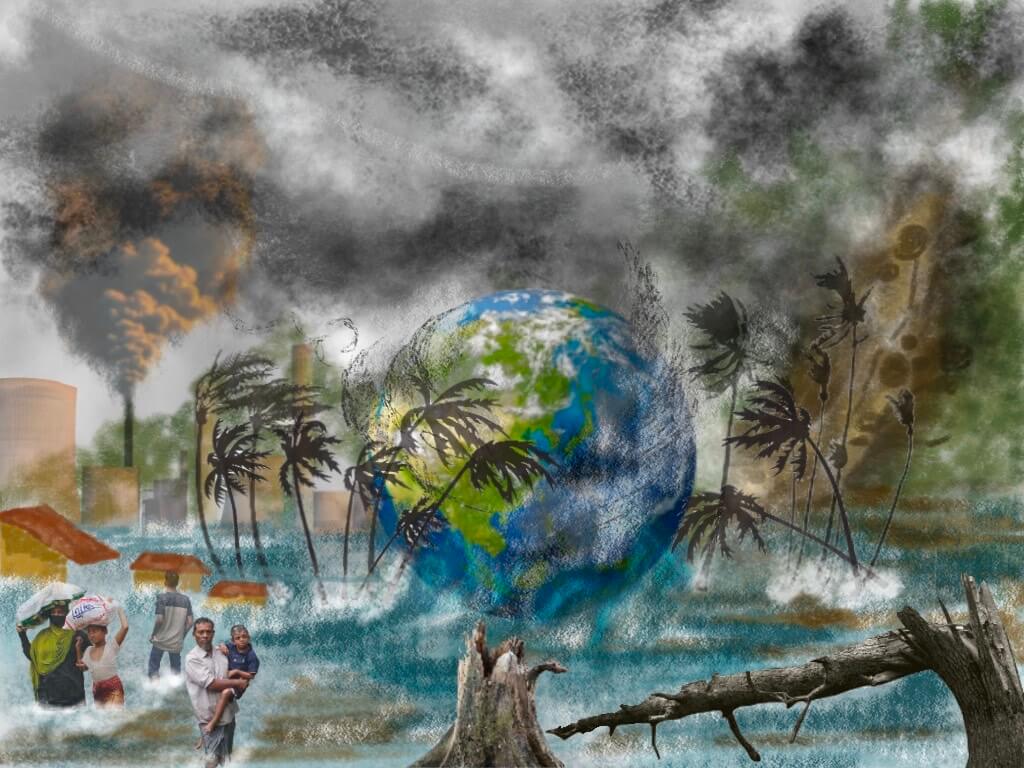
Kyoto Protocol
The Kyoto Protocol[3] [4], based on the principles of the UNFCCC, was adopted on December 11, 1997. It legally bound industrialised developed countries and placed the onus on them for high levels of GHG under the principle of “common but differentiated responsibility and respective capabilities”. It was a landmark moment in a world that had skewed consumption patterns between the developed and developing countries, which faced climate impacts of the same kind.
In its first commitment for 2008-12, the Kyoto Protocol set legally binding targets for 37 developed countries and the European Union to reduce GHG emissions to an average of 5 percent against 1990 levels and at least 18 percent below that during the second commitment period from 2013-2020. Under the Protocol, the involved parties’ actual emissions had to be monitored, reviewed, verified and precise records had to be kept to maintain transparency, the failure of which would hold the countries accountable.
Article 2 of the protocol specifies actions to be undertaken by each Party to achieve its quantified emission limitation and reduction commitments under Article 3 of the protocol, to promote sustainable development. Along with provisions, there is also space for knowledge production and exchange of information and experiences between the countries, on policy, development procedures and effectiveness.
Paris Agreement
The COP-21 in Paris gave the world the Paris Agreement[5] on December 12, 2015, which set down the cap of how much the world can warm up with minimum consequences. The 1.5 degrees Celsius and 2 degrees Celsius above pre-industrial level caps beyond which global warming will threaten all life systems has been the target for the world. The Paris Agreement entered into force on November 4, 2016.
Its Article 2 sets down three main norms for countries to ‘strengthen the global response to the threat of climate change, in the context of sustainable development and efforts to eradicate poverty’. Stating that the increase in the global average temperature ought to be well below 2 degrees Celsius above pre-industrial levels, it urged efforts to limit it to 1.5 degrees Celsius above pre-industrial levels at the very least as this would significantly reduce the risks and impacts of climate change.
Developed countries, it stated, should take the lead by undertaking economy-wide absolute emission reduction targets while developing countries should enhance mitigation efforts and move towards economy-wide emission reduction or limitation targets.
A mechanism to contribute to the mitigation of greenhouse gas emissions and support sustainable development was established. Under the Paris Agreement, each country was required to provide a national inventory report of anthropogenic emissions by sources and removals by sinks of GHG, and the information necessary to track progress in implementing and achieving its Nationally Determined Contribution (NDC). The Paris Agreement came under severe strain when the former US President Donald Trump walked out of the treaty but the Biden government rejoined it. The target it set – of not warming beyond 1.5 degrees Celsius – continues to be the minimum benchmark to be achieved in the world.
IPCC AR6 Synthesis Report Climate Change 2023
The Synthesis Report is the final product of the Sixth Assessment Report (AR6) of the Intergovernmental Panel on Climate Change[6] [7] (IPCC) which combines the assessments of climate change previously undertaken by the IPCC; Climate Change 2021: The Physical Science Basis[8]; Climate Change 2022: Impacts, Adaptation and Vulnerability[9]; and Climate Change 2022: Mitigation of Climate Change[10] and the findings of three Special Reports completed as part of the Sixth Assessment.
The report confirms that between 2011 and 2020, the global surface temperature was 1.1 degrees Celsius above 1850–1900 due to unsustainable land use and energy distribution as well as massive use of fossil fuels which caused a spike in global warming. This, of course, caused damage to life, social conditions, urban ecosystems and nature, with every increase in temperature threatening widespread hazards and damages. The report asserted that the world needed Net Zero CO2 emissions.
Its rigorous scientific studies by panels of multi-disciplinary scientists from across the world meant that climate denial was not as easy any longer. The AR6 report highlighted how actions in cities are crucial to addressing climate change given the rapid urbanisation with real estate boom and large projects. The report sought to restore and protect land and ocean ecosystems that will bring in changes to the ecosystems as well as help achieve societal goals.
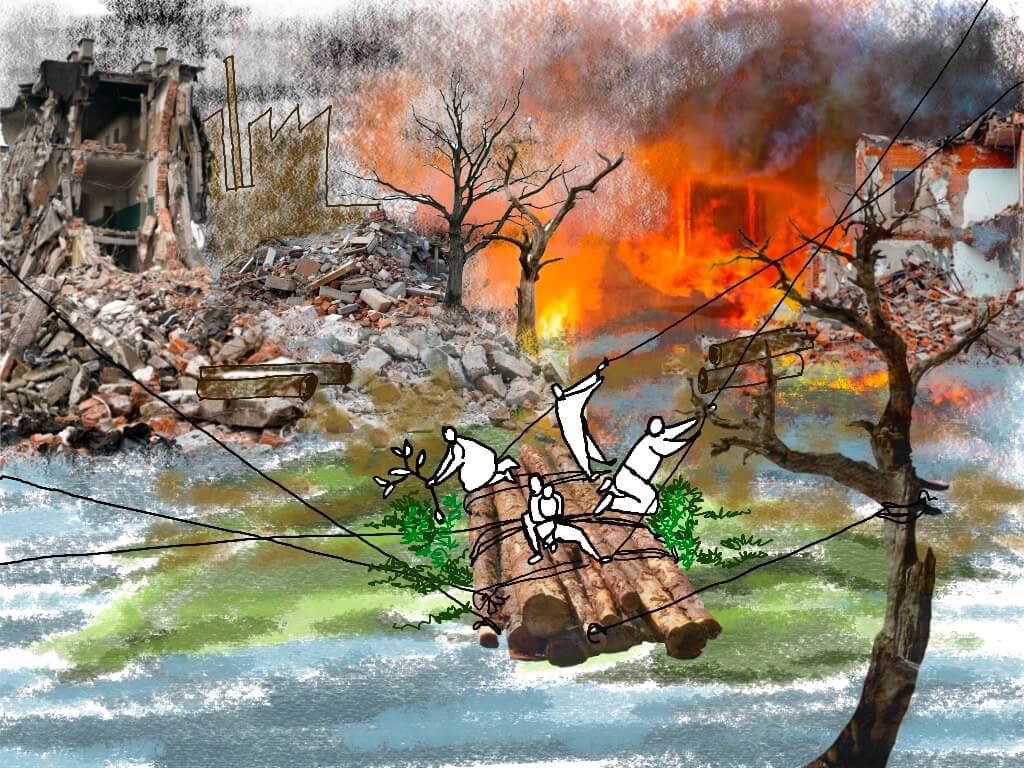
Biodiversity, plastic
This report commissioned by the World Wildlife Fund in 2022 gives a comprehensive account of the effects of plastic waste and pollution on marine life and ecosystems.[11] The report, by researchers from the Alfred Wegener Institute Helmholtz Centre for Polar and Marine Research, paints a horrific picture of the rapidly worsening condition of our oceans with almost every marine species group affected by plastic pollution, and why immediate action is required. The report mentions the coral reef, mangroves and regions including the Mediterranean, the East China and Yellow Seas and Arctic sea ice that have already exceeded plastic pollution thresholds. The UN calls it a ‘planetary crisis’.
The global treaty sets universal standards across the lifecycle of plastics which will help to curb the global crisis of plastic pollution. An effective way forward that will also incentivise participation includes provisions that will help strengthen the strategies over time. Currently, there are several groups that suggest removal of plastic pollution from the oceans and carbon capture technology as means to combat the problem but this would leave out microplastics. Therefore, the suggestions that prevent plastic waste from entering the ocean in the first place which puts less pressure on resources, manufacturing and use of machinery.
Sustainable Development Goals
UN member states signed on 17 Sustainable Development Goals (SDGs) in 2015 laying out a vision for inclusive and ecologically-sustainable development with the Agenda for 2030. This has since become a benchmark for nations, especially advocacy groups and NGOs in each nation, to hold their governments to account for sustainable development.
SDG 5 is about working to ‘achieve gender equality and empower all women and girls’. The UN shares the progress made every year in reports.[12] The annual Sustainable Development Goals Report on gender outlines the progress made by the world towards achieving gender-specific 2030 goals such as the rate of child marriage, sexual and reproductive rights, gender equality as law, violence against women. It recognises the unpaid care and domestic work that women and girls do in addition to seeking education and paid work which “means greater total work burdens for women and girls and less time for rest, self-care, learning and other activities.” It also takes stock of women’s participation in parliaments.[13]
The latest progress report toward achieving SDG 5 declares, “The world is not on track to achieve gender equality by 2030,” and adds that it will take 300 years to end child marriage, 286 to close gaps in legal production and remove discriminatory laws, and 140 years to achieve equal leadership in the workplace.[14] The 2024 SDG Gender Index[15] corroborates this with “a girl born today will have to wait until her 97th birthday – beyond her expected lifespan – to celebrate an equal society”. The index spotlights eight types of ‘intersecting crises’ and outlines seven recommendations based on an assessment of what is working for regions and countries. The first recommendation is to elevate women’s and girls’ leadership power and voice.[16]
SDG 11: Make cities inclusive, safe, resilient and sustainable
An estimated 70 percent of the world’s population will live in cities by 2050. The rapid and skewed urbanisation has led to a rise in slums or slum-like conditions. It is estimated that 1.1 billion people live in slums or slum-like conditions and this number is expected to rise by 2 billion by 2050. SDG 11 focuses on achieving sustainable cities by transforming the way urban spaces are built and managed.[17] It aims to focus on affordable housing, electric transport, renewable energy, green public spaces, clean water and sanitation, and sustainable waste solutions for everyone in cities. More cities have national and local disaster risk reduction strategies since the SDGs were implemented in 2016.
UN-Habitat released a report titled ‘Rescuing SDG 11 for a resilient urban planet’[18] when the annual SDG report showed that the world is off-track in achieving the goal. The report mentions that the paucity in making efforts towards SDG 11 is increasing socio-economic gaps, spatial fragmentation, climate-driven inequalities and the digital divide. There is a need for transformative shifts that move away from the status quo, it adds. The report also states that making housing the central focus can renew the social contract between government and citizens, and that cities need to be at the forefront of climate action for their contributions to global emissions and energy use.
Nikeita Saraf, a Thane-based architect, illustrator and urban practitioner, is now with Question of Cities. Through her academic years at School of Environment and Architecture, she tried to explore, in various forms, the web of relationships which create space and form the essence of storytelling. Her interests in storytelling andx narrative mapping stem from how people map their worlds and she explores this through her everyday practice of illustrating and archiving.
Illustrations: Nikeita Saraf

